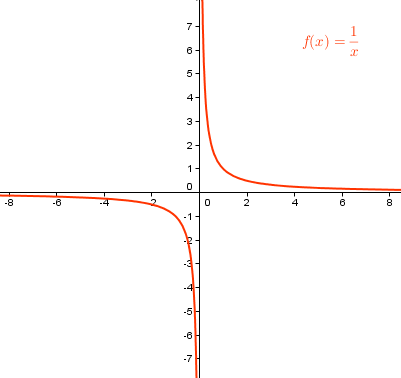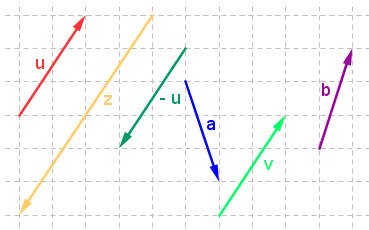Fractions with Terminating Decimals
Late last month, we have talked about fractions with terminating decimals as well fractions with non-terminating decimals. We ended up with a conjecture that a fraction is a terminating decimal if its denominator has only the following factors: 2 (or its powers), 5 (or its powers) or both. In this post,we refine this conjecture. This conjecture is the same as saying
A rational fraction in the lowest terms has a terminating decimal if and only if the integer
has no prime factor other than
and
.
Note that we have already explained the only if part in the preceding post. It remains to show that if part which is
if is in lowest terms and
contains at most
and
as factors, then the fraction is a terminating decimal. » Read more

